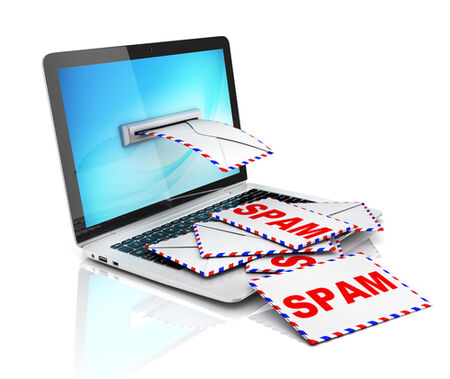
In 1971, Ray Tomlinson sent the first ever email. At this time, no one could have predicted how far email would revolutionize the way we communicate and how integral email would become to our everyday lives.

A recent study carried out by ReturnPath estimated that only 79% of emails sent by legitimate email marketers (i.e. emails sent to people who signed up to your list) reach the inbox. Spam filters are becoming more and more sensitive, to ensure that non-legitimate, spam emails don’t get delivered. It is important to follow a simple set of rules to ensure that your list members receive the emails they have signed up for.